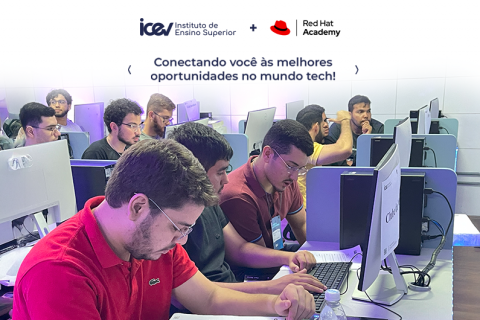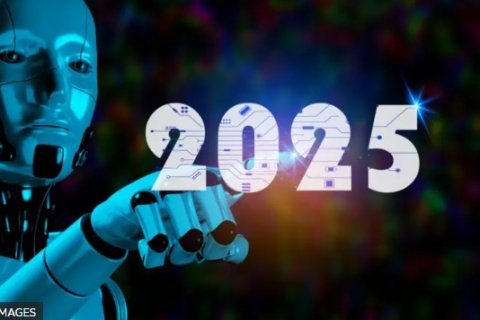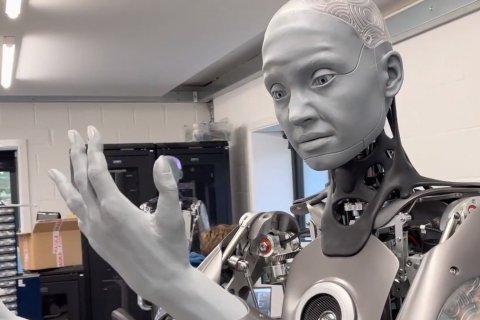
Zoe Roth, aka Disaster Girl
For over a decade, the image of a young girl smirking in the foreground as a home in the background is engulfed in flames has circulated as fodder for countless memes. The picture, known simply as Disaster Girl, though originally taken by an amateur photographer — who then entered it into an online contest, sparking its journey across the web — has all but officially entered the public domain. That is, until Thursday, at least technically speaking.
The Raleigh News & Observer reports that the then-young girl in the photo, Zoe Roth (now 21), recently sold the image as a Non-Fungible Token, or NFT, for 180 Ether — the cryptocurrency for the Etherium blockchain — worth somewhere in the vicinity of $450,000 at the time (at writing, 180 Ether is valued at approximately $500,000). With the sale, Roth has also assured that she will receive 10% of any sale of the NFT in the future — a kind of digital residual.
Yet, the image, like any digital asset, remains public. If anything, the Disaster Girl memes will likely spread even more with news of the sale. But is the image still the same, now that it’s technically been sold? It’s unclear from the coverage whether the copyright to Disaster Girl was transferred as part of the sale of the NFT, but even if not, there is something fundamental about the image that’s now different.
While memes have been endlessly replicated on consumer products for years (and things like dances have been used to create profits their original creators never see) — that is, memes are commodified — the meme itself, whether an image or an action, has remained transferable at no cost. These have been visual or social commodities, not in and of themselves financial commodities. But what happens when a meme image is made into an NFT, when it is sold to an owner, even if that owner doesn’t retain the copyright?
In practice, there is no difference. For the internet at large, Disaster Girl is the same, being far too popular for far too long to be reined in at this point. Disaster Girl is ours, no matter who owns the NFT. But for meme images yet to emerge, Disaster Girl’s sale raises the possibility that the underlying assumptions about meme images will likely change.
What has made countless meme images interesting, not to mention popular, has been that they are impossible to co-opt into a single use, impossible to be singularly defined by any single individual. Memes remain one of the few lasting products of a chaotic internet, unpredictable and frequently morphing in unexpected and inexplicable ways into distinct, accepted signifiers — the visual language of our online world.
As more meme images invariably become NFTs, even if they still function as they always have, temporally, they will have undergone a metamorphosis from an organic product of the internet into one that is immediately subject to a different kind of co-option — not simply into a slice of internet vernacular, but a piece of a different world altogether, the world of art. They will become part of the world of commerce. This means, in the future, when you share Disaster Girl or any other NFT-linked meme, you’re doing more than contributing to the language of the internet; you’re also affecting its strict monetary value.
It’s language, commodified.
Published by Wired








Deixe um comentário
Seja o Primeiro a Comentar!